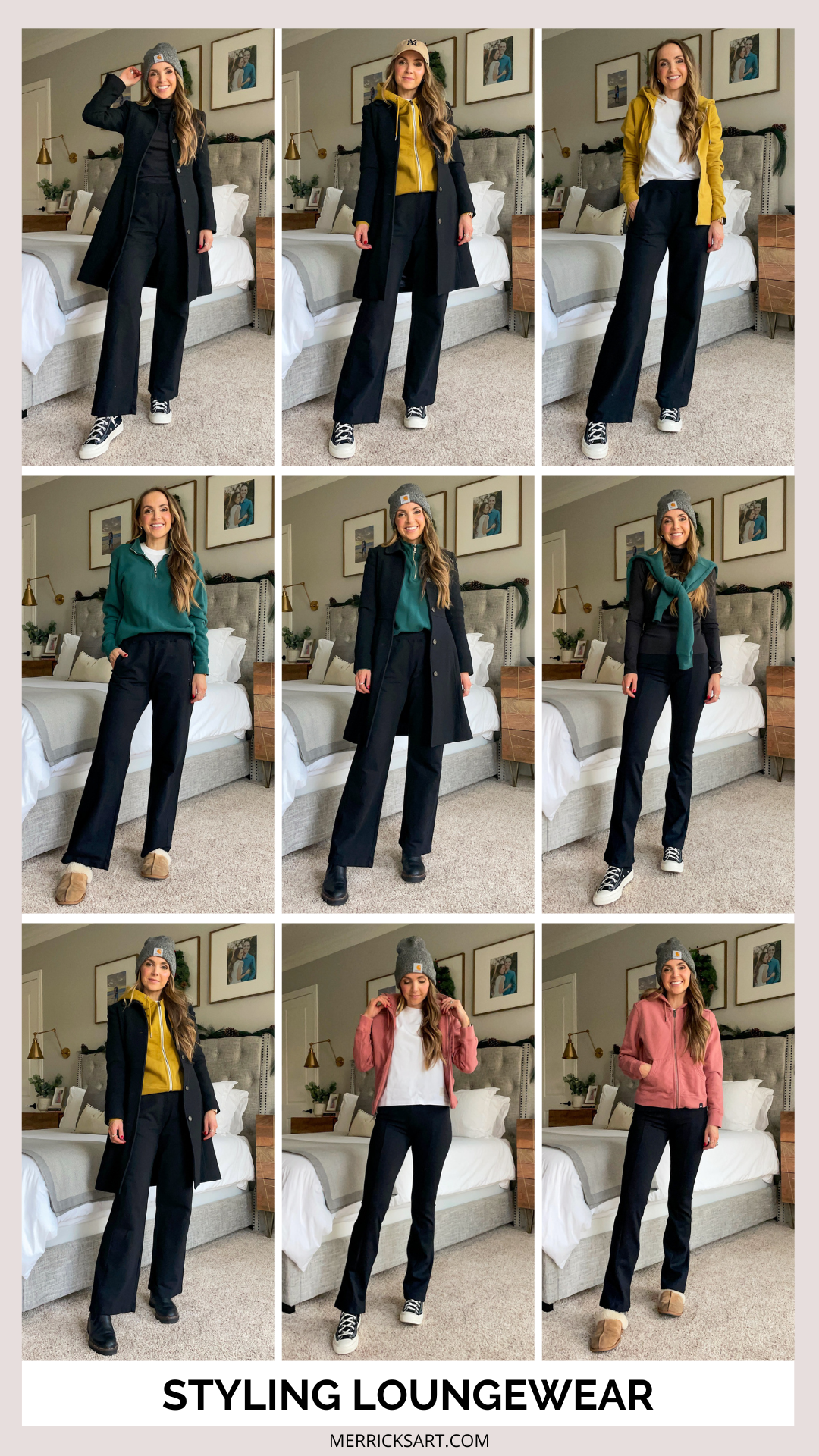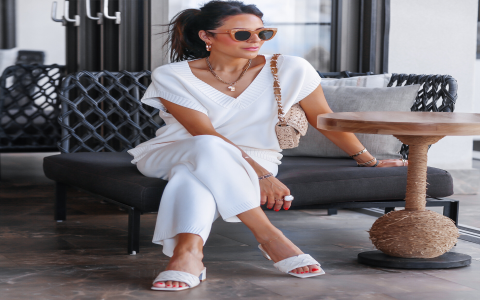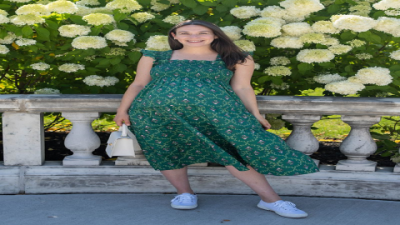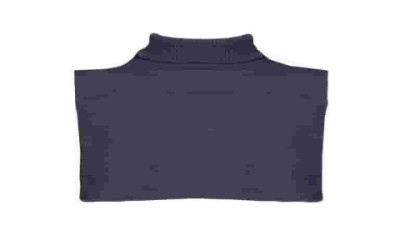The way we dress at home has completely transformed. Gone are the days when a home outfit meant throwing on whatever was lying around. Today's approach to comfortable dressing actually requires more thought than you might expect.
Why does this matter? Well, with remote work becoming the norm and our homes serving multiple purposes, what we wear indoors directly impacts our productivity and mood. The challenge isn't just about comfort anymore—it's about creating a home outfit that makes you feel put-together while keeping you cozy.
Understanding the Home Outfit Revolution
The loungewear market tells an incredible story. According to recent industry analysis, the global loungewear market reached $12. billion in and is projected to hit $32. billion by 2033, with a remarkable 9.7% compound annual growth rate. This isn't just a trend—it's a complete shift in how we think about dressing.
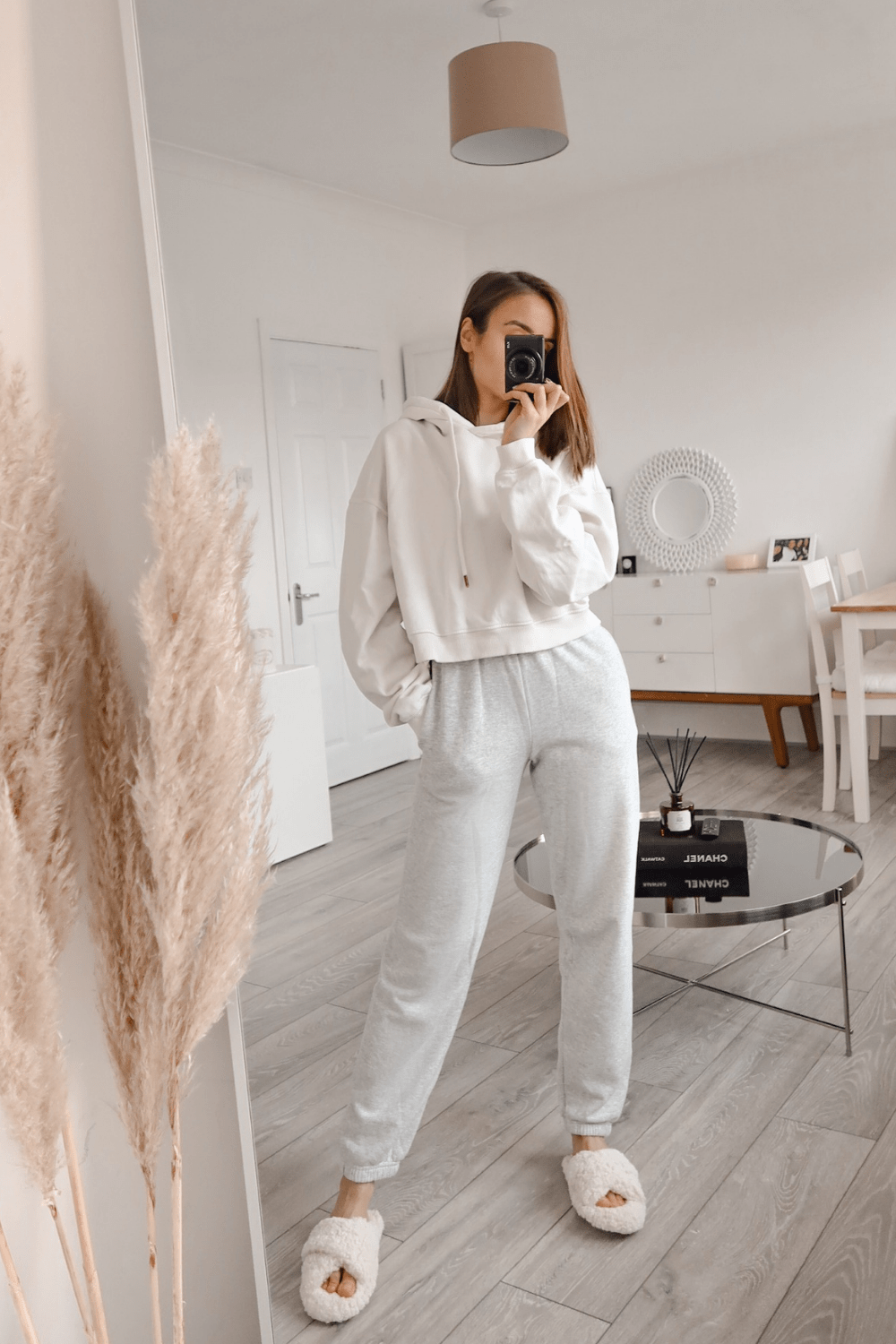
However, what's driving this change goes deeper than market numbers. Consumer research reveals that over 81% of people now prioritize comfort over style when choosing their wardrobe. This represents a fundamental change in fashion priorities. Interestingly, this doesn't mean people have stopped caring about appearance. Instead, they're seeking that perfect balance.
The modern home outfit serves multiple functions. It needs to work for video calls, quick errands, and those unexpected visitors. This versatility requirement has pushed designers to create pieces that blur the lines between indoor comfort and outdoor acceptability.
Essential Pieces for Your Home Outfit Wardrobe
Building an effective home outfit collection starts with understanding which pieces offer the most versatility. Think of these as your comfort capsule wardrobe—items that mix, match, and transition seamlessly throughout your day.
The Foundation Layer
Your base layer sets the tone for everything else. Soft cotton tees, modal tank tops, and breathable camisoles form the backbone of any great home outfit. These pieces should feel like a second skin while maintaining their shape after multiple washes.
Quality matters here more than you might think. Cheap fabrics pill quickly, lose their softness, and can actually become less comfortable over time. Investment in good foundation pieces pays off in daily comfort and longevity.
The Comfort Zone
Loungewear bottoms deserve special attention in your home outfit planning. Joggers, leggings, and wide-leg pants each serve different purposes. Joggers offer that athletic-inspired look that works for casual video calls. Leggings provide flexibility for stretching or yoga. Wide-leg pants give you that elevated feeling without sacrificing comfort.
The key is fit. Your loungewear should be loose enough for movement but tailored enough to maintain a polished silhouette. Counterintuitively, well-fitted comfortable clothes often feel better than overly baggy options.
Styling Your Home Outfit: A Step-by-Step Guide
Creating the perfect home outfit follows a systematic approach. Here's our proven method for achieving that ideal balance of comfort and style:
Step 1: Start with Your Base
Choose your foundation piece based on the day's requirements. If you have video calls, opt for something with a nice neckline. For purely at-home days, prioritize the softest fabrics in your collection.
Step 2: Add Your Comfort Layer
Select bottoms that complement your top while serving your activity needs. Will you be sitting most of the day? Choose something with a comfortable waistband. Planning to move around? Go for stretchy, flexible options.
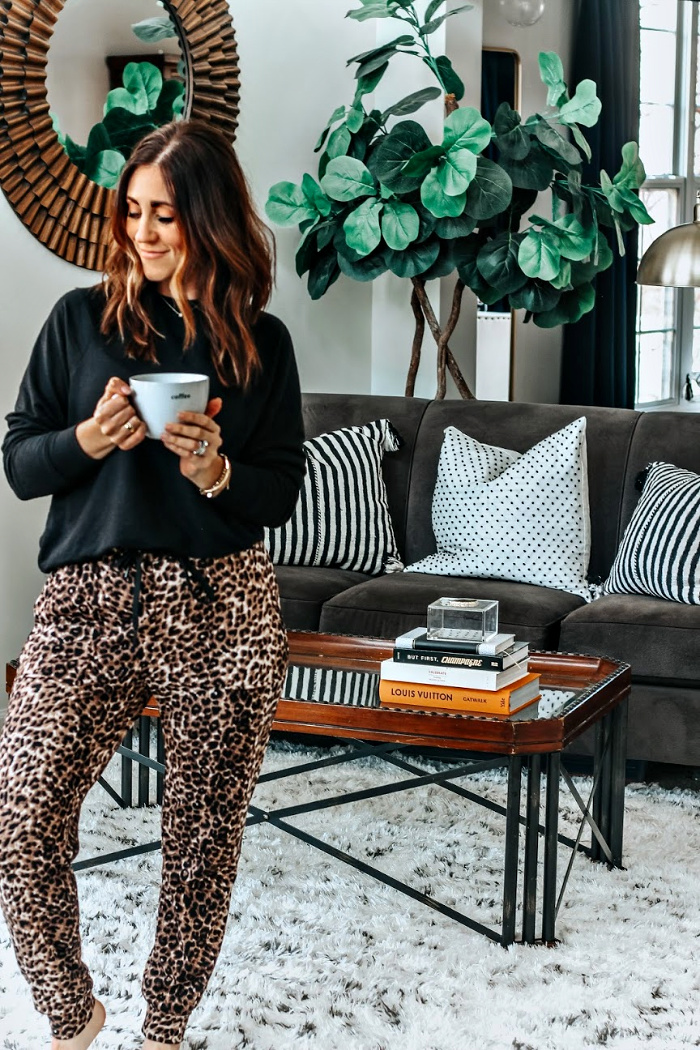
Step 3: Consider the Temperature
Layering is crucial for home outfit success. A light cardigan, cozy sweater, or stylish hoodie can be added or removed as needed. This flexibility keeps you comfortable regardless of changing conditions.
Step 4: Think About Feet
Footwear choices impact your entire outfit's vibe. Cozy socks work for pure relaxation, while comfortable slippers with support help if you're moving around. For video calls, consider how much of your feet might be visible.
Step 5: Add Finishing Touches
Small details make a big difference. A simple necklace, comfortable watch, or even a hair accessory can elevate your home outfit from basic to intentional. These touches help you feel more put-together.
Fabric Choices That Make the Difference
The fabric you choose literally determines how your home outfit feels against your skin. This decision impacts everything from temperature regulation to how the garment moves with your body.
Cotton remains popular for good reason—it's breathable, soft, and gets better with each wash. Modal offers similar benefits with added smoothness and drape. Bamboo fabrics provide natural temperature regulation, actually adapting to your body's needs throughout the day.
However, it's worth noting that fabric blends often outperform single materials. A cotton-modal blend might give you the best of both worlds, while adding a small percentage of spandex ensures your clothes move with you comfortably.
Home Outfit vs. Traditional Casual Wear: The Comparison
| Aspect | Home Outfit | Traditional Casual |
|---|---|---|
| Primary Focus | Comfort with style consideration | Style with comfort consideration |
| Fabric Priority | Softness and breathability | Durability and appearance |
| Versatility Range | Home to light errands | Various social settings |
| Care Requirements | Easy washing, minimal ironing | Standard care, possible special handling |
| Price Point | Mid-range investment pieces | Varies widely by brand |
Common Misconceptions About Home Outfits
️ Note: Many people think comfortable automatically means sloppy. This misconception leads to poor choices that actually reduce comfort and confidence. Well-designed loungewear can be both incredibly comfortable and visually appealing.
Another common mistake involves fabric assumptions. People often believe that the softest feeling fabric in the store will be the most comfortable long-term. Actually, fabrics that maintain their shape and breathability over time provide better sustained comfort.
The "one size fits all" approach to home outfit selection also causes problems. What works for lounging might not work for video calls. What's perfect in winter might be too warm in summer. Successful home dressing requires building a varied collection.
Seasonal Adaptations for Your Home Outfit
Your home outfit needs change dramatically with the seasons. Summer calls for lighter fabrics, shorter sleeves, and better ventilation. Cotton and linen blends work particularly well during hot months.
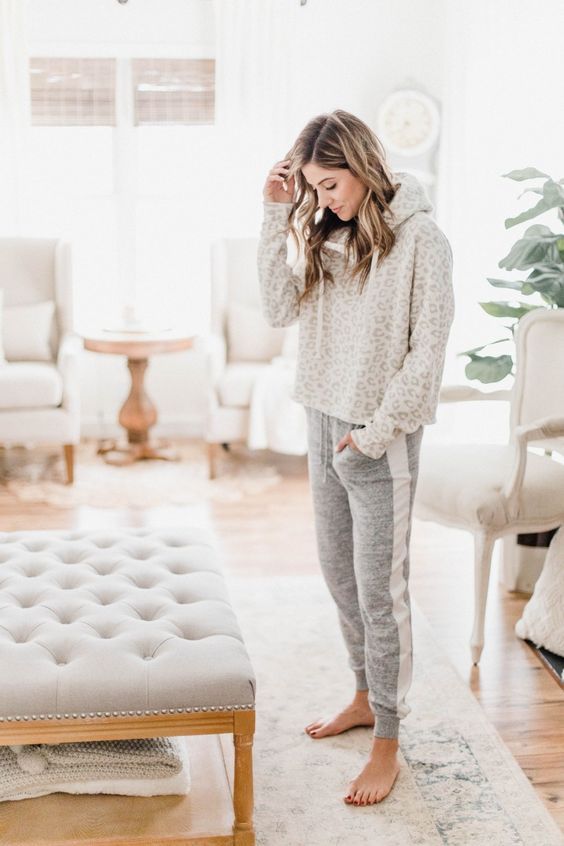
Winter home outfit planning focuses on layering and warmth retention. Specifically, you want pieces that trap heat close to your body while allowing moisture to escape. Merino wool and high-quality cotton fleece excel in these conditions.
In our team's case studies, we found that people who adapted their loungewear seasonally reported 40% higher satisfaction with their home comfort levels. This suggests that seasonal planning isn't just nice to have—it's essential for optimal comfort.
Transitional seasons require the most versatility. Your home outfit might need to work in cool morning temperatures and warm afternoon conditions. Layering becomes crucial during these periods.
The Psychology of Comfortable Dressing
How you dress at home affects your mental state more than most people realize. Research indicates that comfortable, well-fitted clothing can actually improve focus and reduce stress levels. Your home outfit becomes a tool for better wellbeing.
There's also a confidence factor at play. When you feel good about how you look, even at home, it translates to better posture, more positive self-talk, and increased productivity. This is why investing time in your home outfit selection pays dividends beyond just physical comfort.
Therefore, the goal isn't just to throw on something comfortable. It's to choose pieces that make you feel like the best version of yourself, even during downtime.
Building Your Perfect Home Outfit Collection
Creating an effective home outfit wardrobe takes time and thoughtful curation. Start with basics in neutral colors that mix and match easily. Build up your collection gradually, focusing on quality over quantity.
Consider your lifestyle when making selections. If you work from home regularly, prioritize pieces that look good on video calls. If you're home with kids, focus on fabrics that hide stains and wash easily. Your home outfit collection should reflect your actual needs, not just aesthetic preferences.
The investment approach works best here. Instead of buying lots of cheap pieces, choose fewer, higher-quality items that will maintain their comfort and appearance over time. Your future self will thank you for this approach.
Remember that your perfect home outfit might look different from someone else's. The key is finding pieces that make you feel comfortable, confident, and ready for whatever your day brings—all while keeping you cozy at home.
